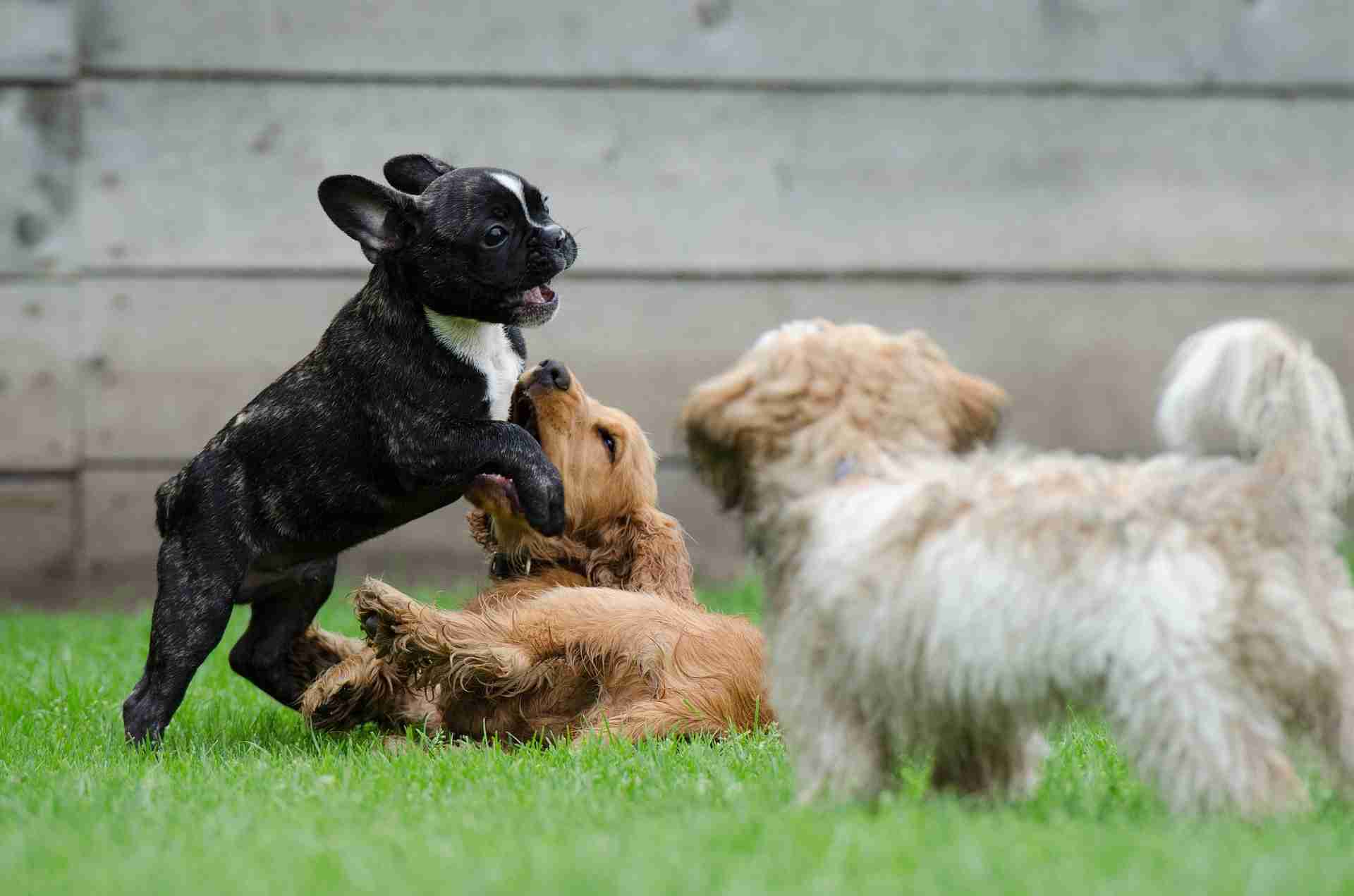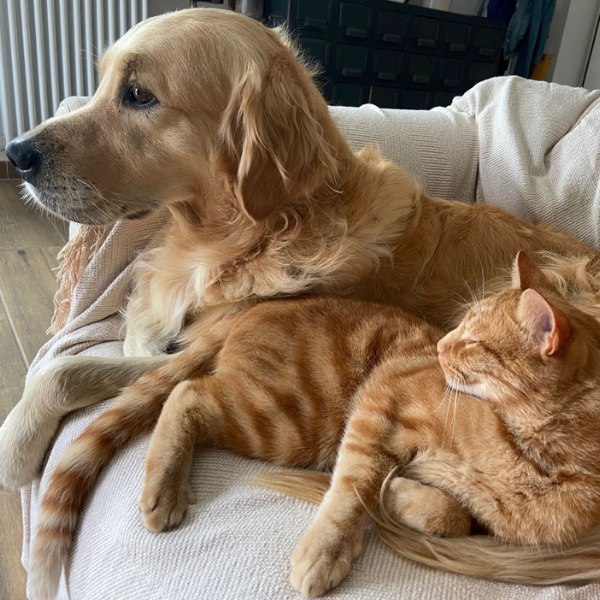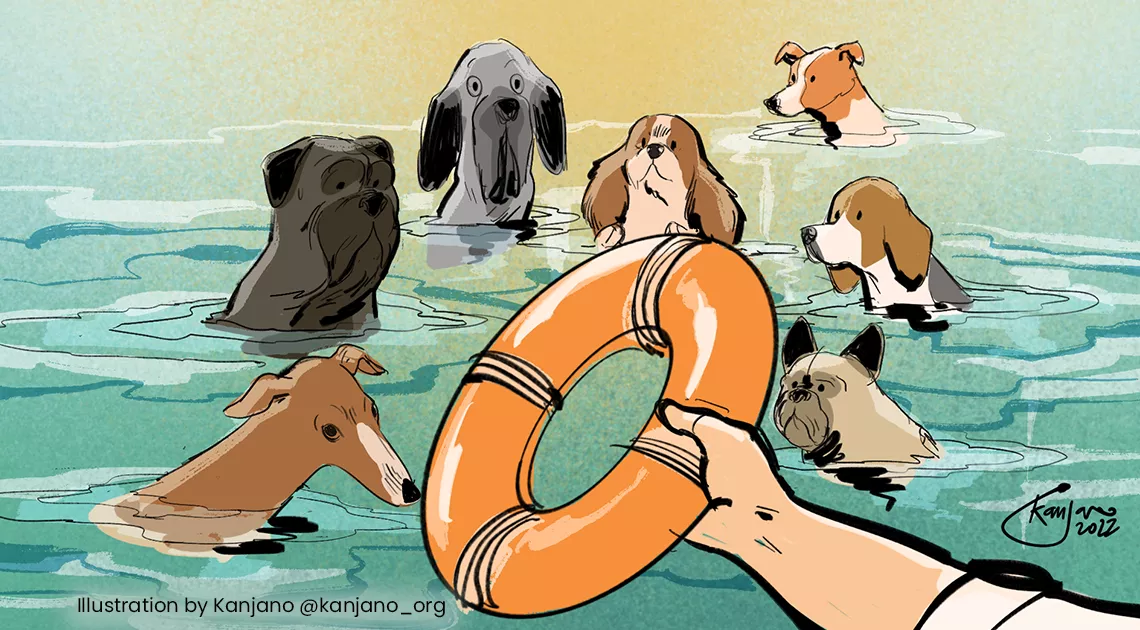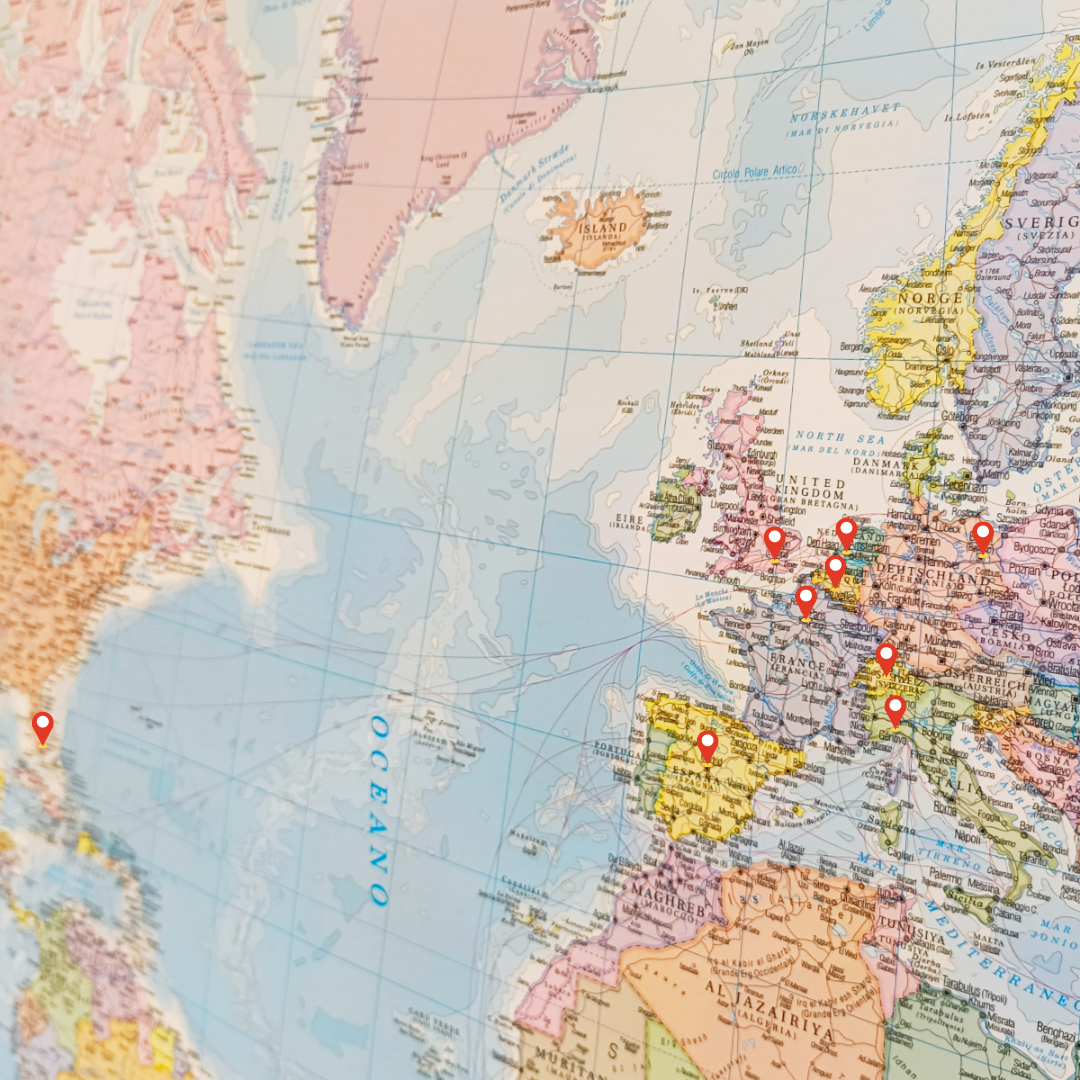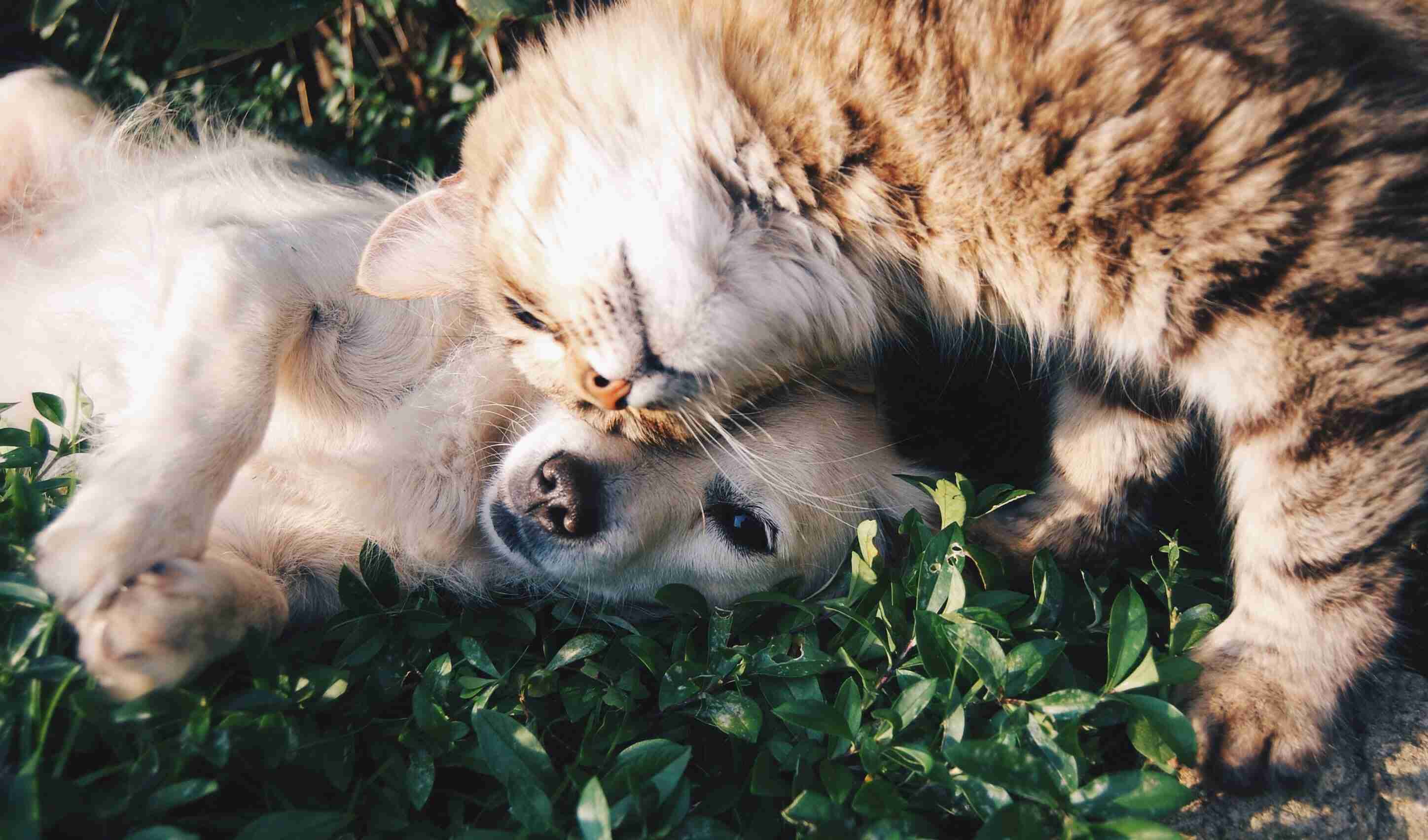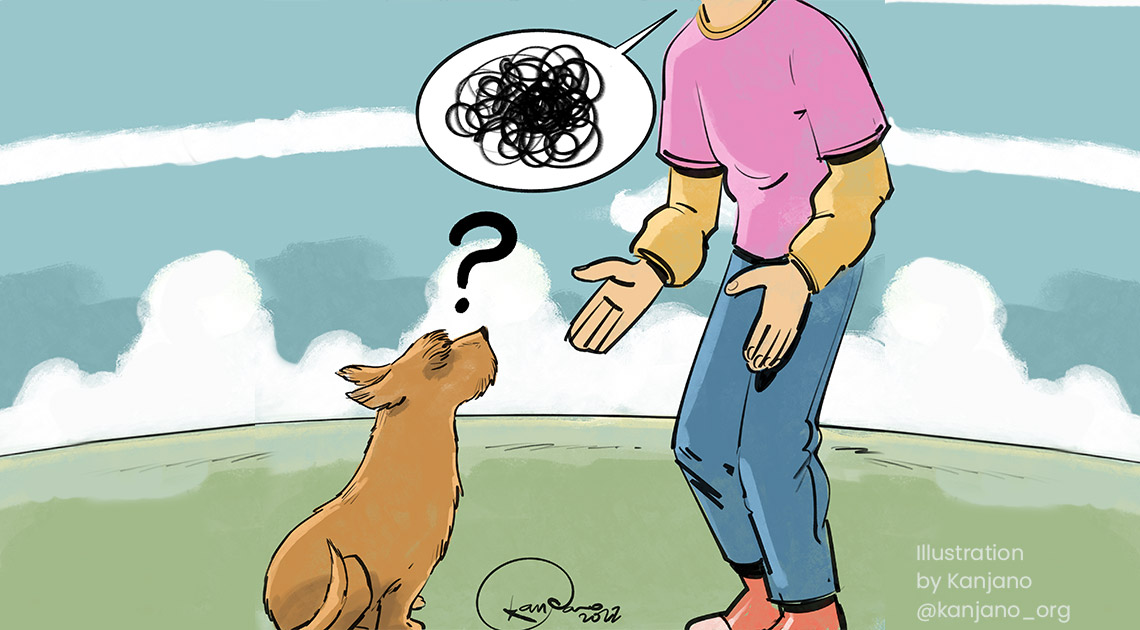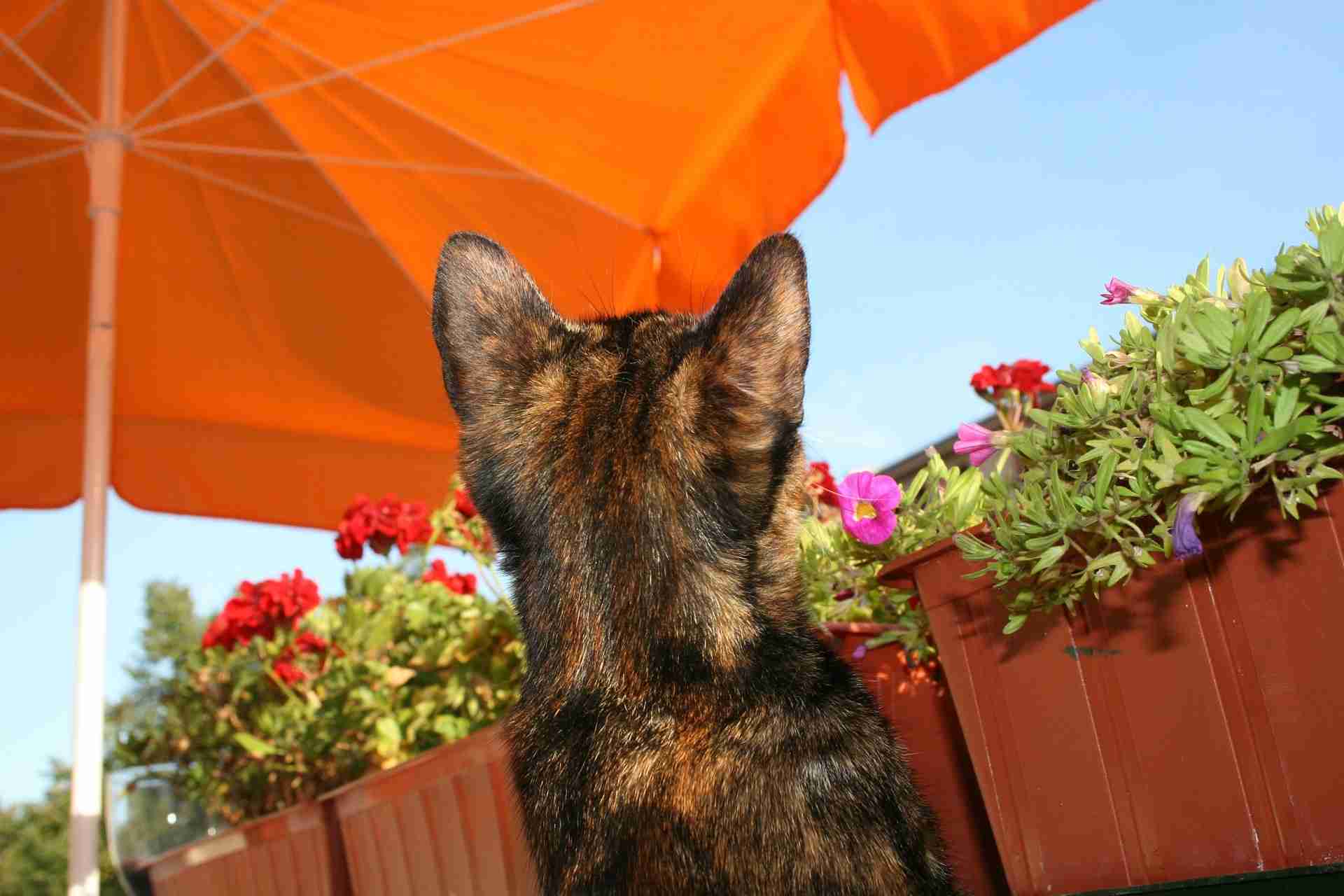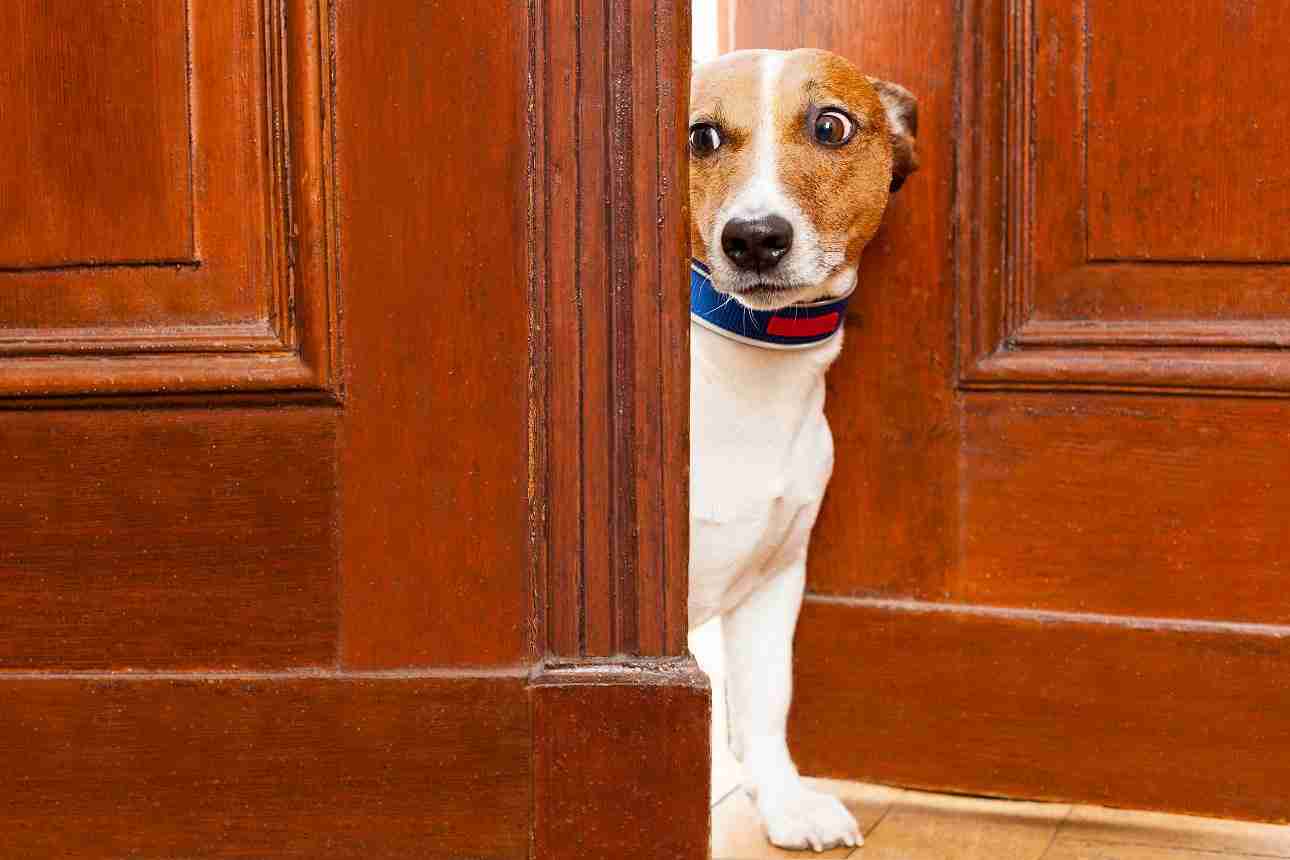How to welcome a new puppy into your home
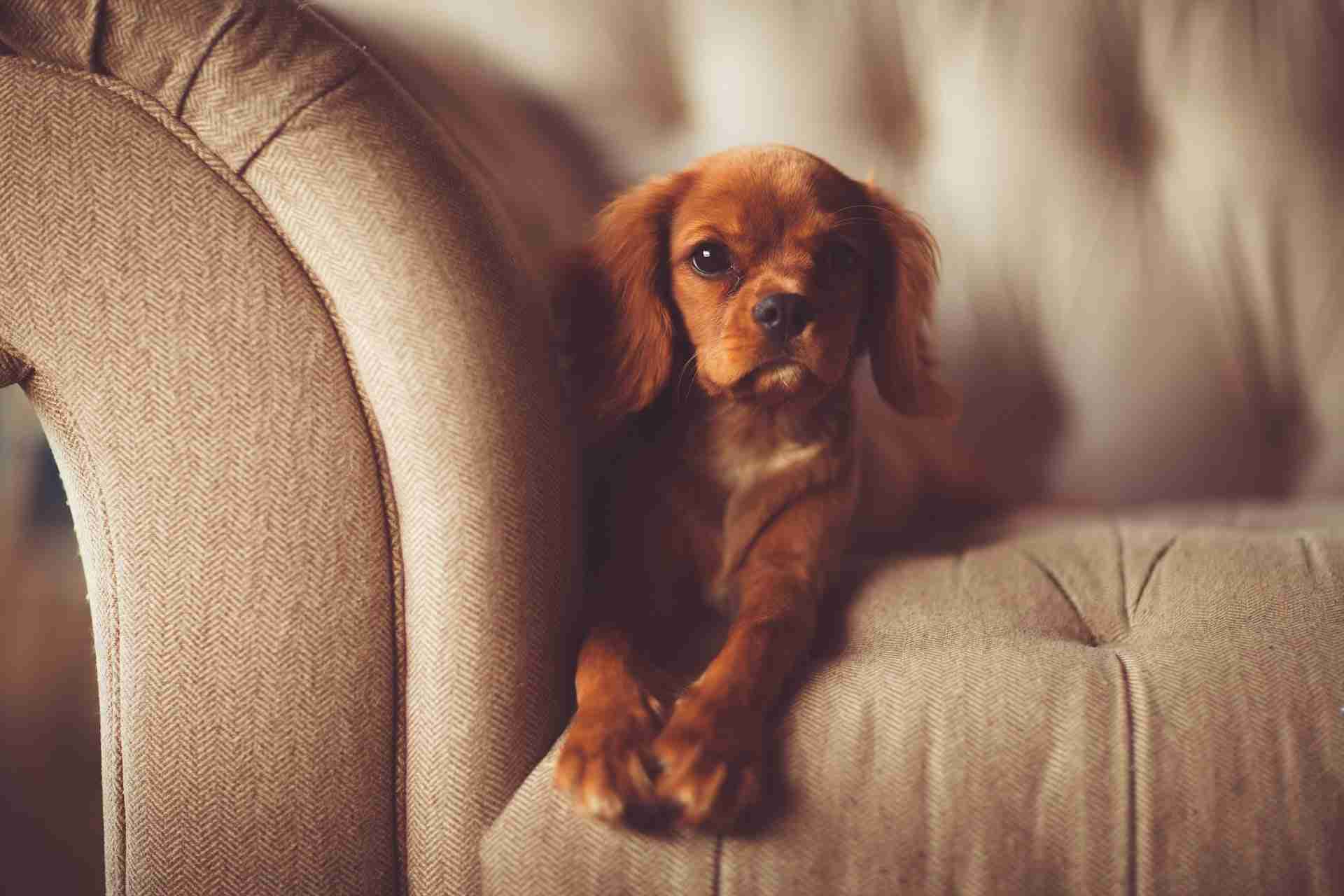
It will be one of the most exciting times of your life, filled with lots of cuddles and precious moments. But before you start taking pictures and inviting your friends and family to come and take a look at the new family member, there are few very important things to consider and put into place. So, before you go and pick up them up, ask yourself the following questions in order to make sure that you get everything right from the start and you will be able to take care of them for a lifetime:
A place to sleep
Puppies need a lot of peace and quiet, a cosy spot to sleep and rest is therefore particularly important. This can be a blanket next to the sofa or a dog basket in a quiet corner. Puppies should have a place that belongs to them alone, which they don’t have to share or defend. The quiet place should also give them the opportunity to observe the life of his new family.A place to eat
There has to be a dedicated spot in the house for mealtimes. A water bowl, which is always filled with fresh water and a food bowl are part of the basic essentials. Anti-slip mats on the floor will protect tiles and carpets from water and food spillage. Use no-tip water bowls that are easy to clean and/or dishwasher friendly. No-tip water bowls are especially recommended for playful and/or picky puppies that easily throw their bowl over in excitement or out of boredom.House training
A puppy that comes into a new house won’t be house trained and must learn many new things, including their name, walking on a leash, and how to control their bladder.The first is perhaps the easiest, by continuously using their name when you play, cuddle or feed them. They will pick up on it before you know it. Getting them used to a collar and walking on a leash will be more difficult but this will also fully depend on the dog. Start with a light collar and a light lead that you use inside the house. There are multiple guides for lead training available on the internet or at the vets.Prepare yourself for the latter by investing in dog pee pads that absorb the pee and prevent it from tracking its way through the entire room. There are multiple brands available on the market, but we’d recommend a product that’s its washable or environmentally friendly. Never scold your puppy as this will be counterproductive, watch their behaviour closely in order to discover their individual signal for needing a wee or a poo.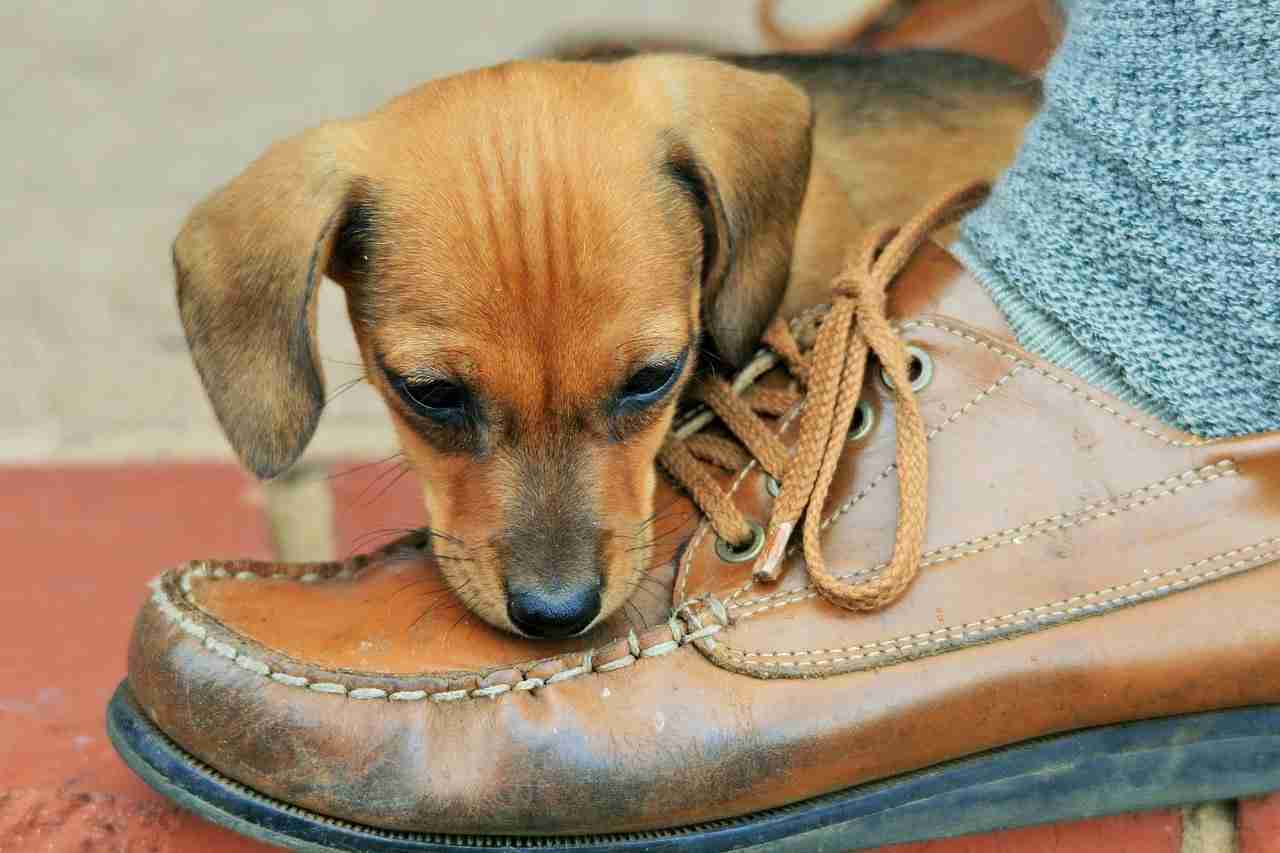
Nutrition
The well-being of the new family member, as well as his healthy development to a happy, attentive, energetic dog is heavily reliant on his or her diet. Whether you decide to buy a dog from a reliable breeder or adopt a dog from a shelter, always ask about the feeding routine that the dog has been on so far to make sure you either stick with the routine or gradually change it. Also ask your vet for advice on the best feeding routine for your particular dog, taking the breed, size, and age into account. There should always be a gradual change, so stick with the familiar food for the first few weeks before changing it. Also take a look at the various Almo Nature ranges, which include a line specifically designed for puppies.Grooming
A healthy coat equals a healthy dog, and its therefore important that you establish a good routine for taking care of their coat. By managing a good routine, you reduce the risk of matting, pest infestations and, skin diseases, especially for long-haired dogs. Brush the coat regularly to increase blood circulation and activate the sebaceous glands to naturally grease the skin and hair. A regular grooming routine also strengthens the bond between you and your puppy, it’s quality time with your dog and instils a sense of trust and love. But don’t buy any old comb, get a comb that is appropriate for your dog and the structure of their coat, always ask for advice from a specialist or a vet in order to purchase the best possible product.Vaccinations
Your puppy's first vaccination should take place around eight weeks of age and will protect them from canine distemper, canine parvovirus, kennel cough, leptospirosis, and parainfluenza. The second round of vaccinations should take place at 10-12 weeks. Your puppy won't have full protection until two weeks after the second vaccination takes effect, and it’s therefore crucial that you don’t take your puppy out on the street just yet.